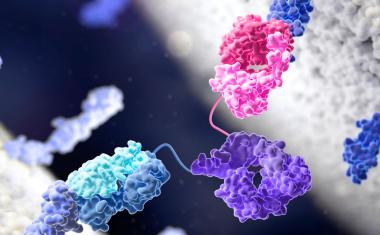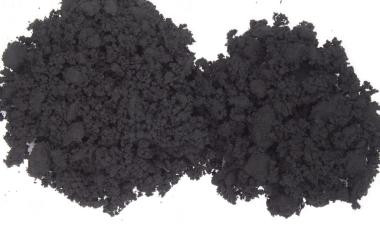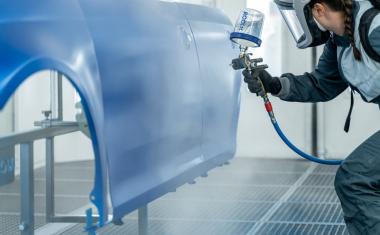Study Links Chemical Exposure To Breast Cancer
Exposure to certain chemicals and pollutants before a woman reaches her mid-30s could treble her risk of developing breast cancer after the menopause, Canadian scientists said on Thursday.
In a study in Occupational and Environmental Medicine, a British Medical Journal title, the researchers found that women exposed to synthetic fibers and petrol products during the course of their work appeared to be most at risk.
"Occupational exposure to acrylic and nylon fibers, and to polycyclic aromatic hydrocarbons may increase the risk of developing postmenopausal breast cancer," they wrote. But some experts commenting on the study expressed caution, saying such links can crop up by chance.
"In a study of this sort positive associations often occur simply by chance," said David Coggon, a professor of occupational and environmental medicine at Britain's Southampton University. "They carry little weight in the absence of stronger supportive evidence from other research."
The Canadian scientists conceded their findings could be due to chance, but also said they were consistent with the theory that breast tissue is more sensitive to harmful chemicals if the exposure occurs when breast cells are still active - in other words, before a woman reaches her 40s. The researchers, from the Occupational Health Research Institute in Montreal, Canada, based their findings on more than 1,100 women, 556 of whom were diagnosed with breast cancer in 1996 and 1997 when they were aged between 50 and 75 and had gone through the menopause.
A team of chemists and industrial hygienists investigated the women's levels of exposure to around 300 different substances during their employment history. After taking account of the usual factors associated with an increased risk of breast cancer, the analysis indicated a link between occupational exposure to several of these substances, Labreche's team wrote.
Compared with the comparison group, the risk peaked for exposures before the age of 36, and increased with each additional decade of exposure before this age, they found. This meant women who were exposed to acrylic fibers appeared to run a seven-fold risk of breast cancer, while those exposed to nylon fibers almost doubled their risk. The scientists said more detailed studies focusing on certain chemicals were now needed to try to establish what role chemical exposure plays in the development of breast cancer.
















